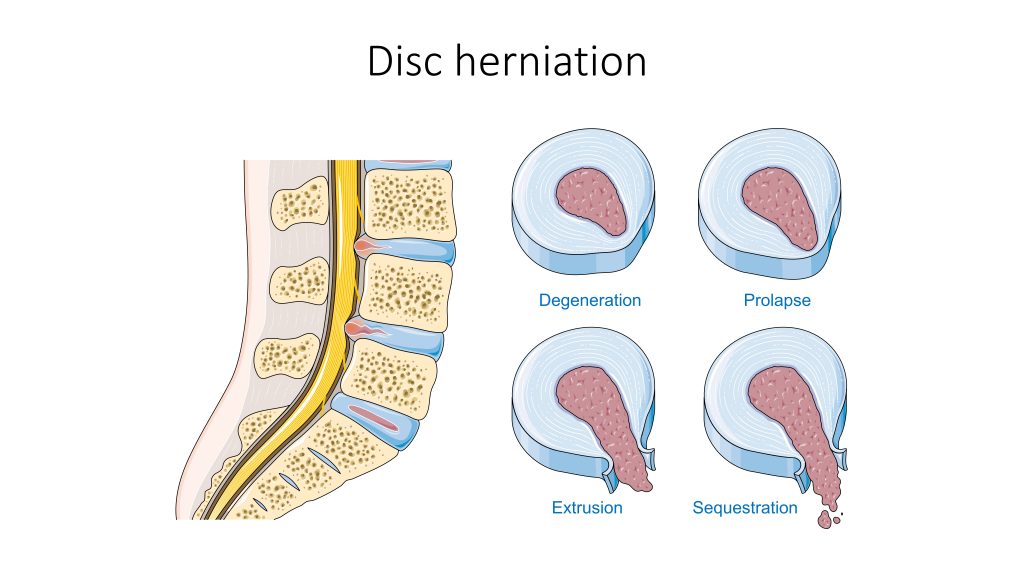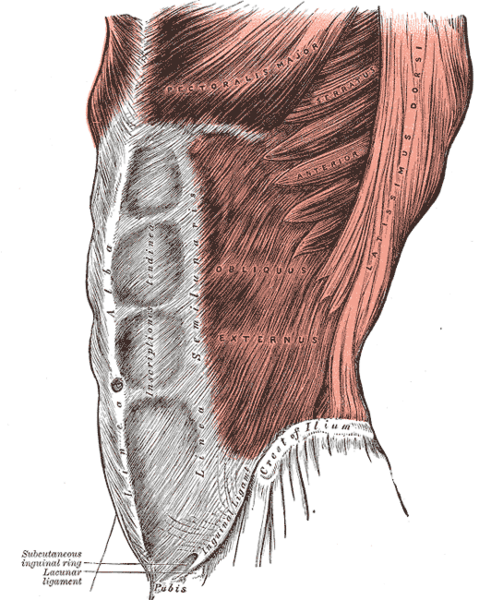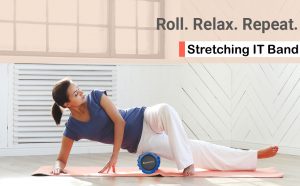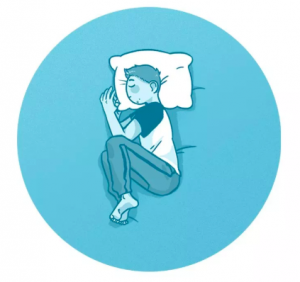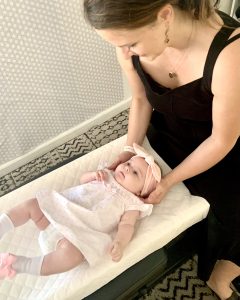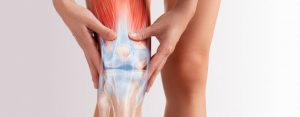What is a disc herniation?
Have you ever heard the analogy of a disc herniation being like the filling of a donut being squeezed out? That is basically what happens to the disc. But let’s first discuss the anatomy a little bit more for a better picture.
The intervertebral disc sits between each vertebrae with the exception of C1-C2. Discs are shock-absorbers. Every disc is made out of three components: the outer part is called the annulus fibrosis, the fibrocartilaginous inner annulus fibrosis and the viscoelastic central nucleus pulposis. The blood flow to the disc is restricted to the outer portion of the disc. Nutrients and waste to the inner disc are exchanged via diffusion. While sleeping, the discs are unloaded and rehydration can occur, this results in an increased disc rigidity in the morning. The increased vertical stress and torque can cause damage to discs.
With age, the nucleus pulposis changes its consistency to a more fibrocartilaginous substance like the inner nucleus; in other words the disc dries out which makes it more prone to tears which can result in disc herniations. Disc herniations can occur in the neck, mid back and low back.
Prevalence and mechanism of injury
An average working person has a 60 to 80% chance to develop a disc herniation in their lifetime. So, you are not alone in this. Research shows that some risk factors include heavy lifting without proper technique, and torsional stressors.
Possible Symptoms of Disc Herniation
Lumbar disc herniations are one of the most common reasons for acute or chronic intermittent low back pain and sciatica. Sciatica is radiating pain such as burning or stabbing into your leg. This pain can be accompanied with numbness. However, some disc herniations are asymptomatic and you may never know you have it. This mainly depends on the nerve supply to the disc. There is no nerve supply to the inner nucleus but only to the outer portion of the disc. When a disc herniation occurs, pain is felt due to either compression of the nerve endings and/ or mechanical stimulation of the nerve endings. Chemical inflammation contributes to the pain felt as well.
Cervical disc herniations can cause radiating pain into your arm and hands as well as neck pain with neck rotation. And just as a lumbar disc herniation, the pain may be accompanied by numbness or tingling into your arm.
Treatment options
Treatment options start from simple non-invasive options like patient education and chiropractic care to more invasive options such as steroid injection and surgical techniques. Deciding on which route to take depends first, on the type of disc herniation and second, on the recovery of the patient. Many people report to feel better after around 3 months post occurrence.
Patient education is one of the most important steps of treatment. The patient needs to understand the ‘ does’ and ‘don’ts’ to have the best outcome. Lumbar support and spinal manipulation have been shown to have positive effects on the symptoms. Focusing on specific therapeutic exercises to strengthen the core musculature is one of the primary concerns once the patient is able to move without pain. McKenzie back exercises help to reposition displaced lumbar discs by using extension. It is very important to follow the protocol very carefully.
Utilizing ice packs on the symptomatic area can also help to alleviate the pain, the suggested application is twice per day for 10 minutes with a towel layer to avoid freezer burn. A heat pad can help to reduce muscle hypertonicity and muscle spasm; once per day for up to 30 minutes.
Can disc herniation heal itself?
Research shows that depending on the type and severity of the herniation, the disc will heal itself in a few weeks to months. However, the patient may suffer from chronic back and neck pain that needs to be addressed.
Things you can do to avoid recurrence/ prevention
- Do not do vigorous weight bearing exercises for the first 30 minutes after waking up
- Do not be impatient, disc herniations take a long time to heal
- Focus on strengthening your core
- Only lift weights with proper technique
- Set up an ergonomic workstation
What can the Santa Clara Custom Chiropractors do for me?
Oftentimes, Chiropractors are the first health care professionals to see patients complaining of low back pain. After taking a thorough history and doing orthopedic and neurological assessments, the patient may be referred to an imaging center for an MRI for diagnostic purposes. Based on the results of the MRI, the Chiropractor can help to design an individualized treatment program to reduce pain and to increase function while the healing occurs.
Spinal manipulations have been shown to help with symptom control. Flexion- Distraction is one technique commonly used to treat disc problems. By using this technique, the disc space is increased which allows the disc to assume a central position. It also helps to reduce inflammation and symptoms into the leg. Manual therapy such as myofascial release and Active Release Technique help to reduce muscle tension.
Contact us
For more information about how we can treat neck pain, musculoskeletal conditions, and improve posture, contact us to book an appointment or call (408)248-8700.
